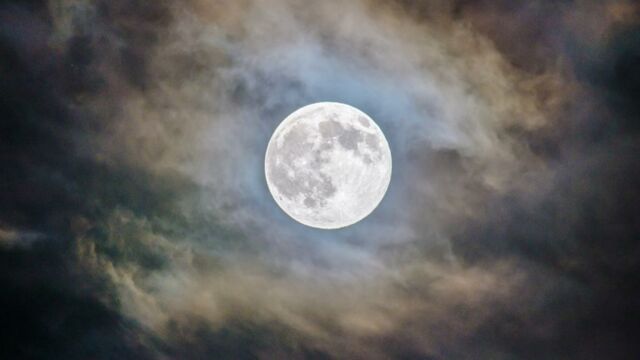If you are interested in astronomy in any way, you have probably already observed the star that acts as the Earth's satellite, in other words, the Moon. Like many scientists, you have probably asked yourself this question: why are the two sides of the Moon so different?
Discover our latest podcast
Lunar seas are over-represented on the visible side
Two sides, two atmospheres. The far side of the Moon (the one that never dares to show itself to us) and its companion, the visible side, differ in many ways. The one that we can observe every day has many dark spots, called 'lunar seas', while the other side is almost devoid of them.
This difference, which is obvious, to say the least, has puzzled the scientific community since the 1960s. The answer lies in the South Pole-Aitken Basin (SPA), a region of the Moon that was riddled with craters several billion years ago.
Read more:
⋙ Struggling to sleep? One study suggests the moon might be to blame
⋙ This is why we see the moon during the day
⋙ SpaceX rocket soon to crash into the Moon in uncontrollable collision
The formation of the South Pole-Aitken Basin
Matt Jones, a researcher at Brown University, says:
We know that large impacts like those that formed the SPA generate a lot of heat.
Both Sides of our Moon 😎😉 pic.twitter.com/h8E8eu5dtY
— 𝕃𝕦𝕚𝕤 𝔸𝕝𝕗𝕣𝕖𝕕𝕠⁷ ∞∃⊍ (@LuisAlf56219734) April 11, 2022
This heat would have penetrated the Moon's interior and moved elements of its crust to its visible side. This process would have permanently changed the composition of the two sides of the Moon and had an impact on the Moon's volcanic activity, Jones explains:
The South Pole-Aitken impact is one of the most notable events in the history of the Moon. This work links these two things [the impact and the movement of elements] and we think these results are exciting,
This article was translated from Gentside FR.















